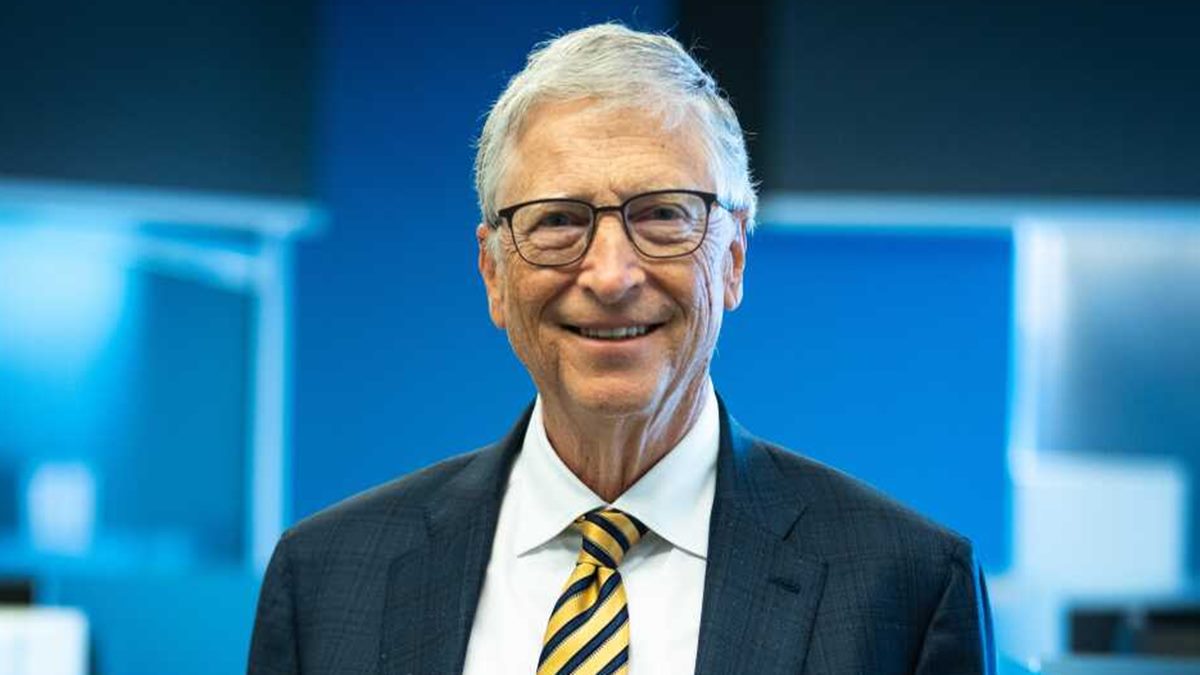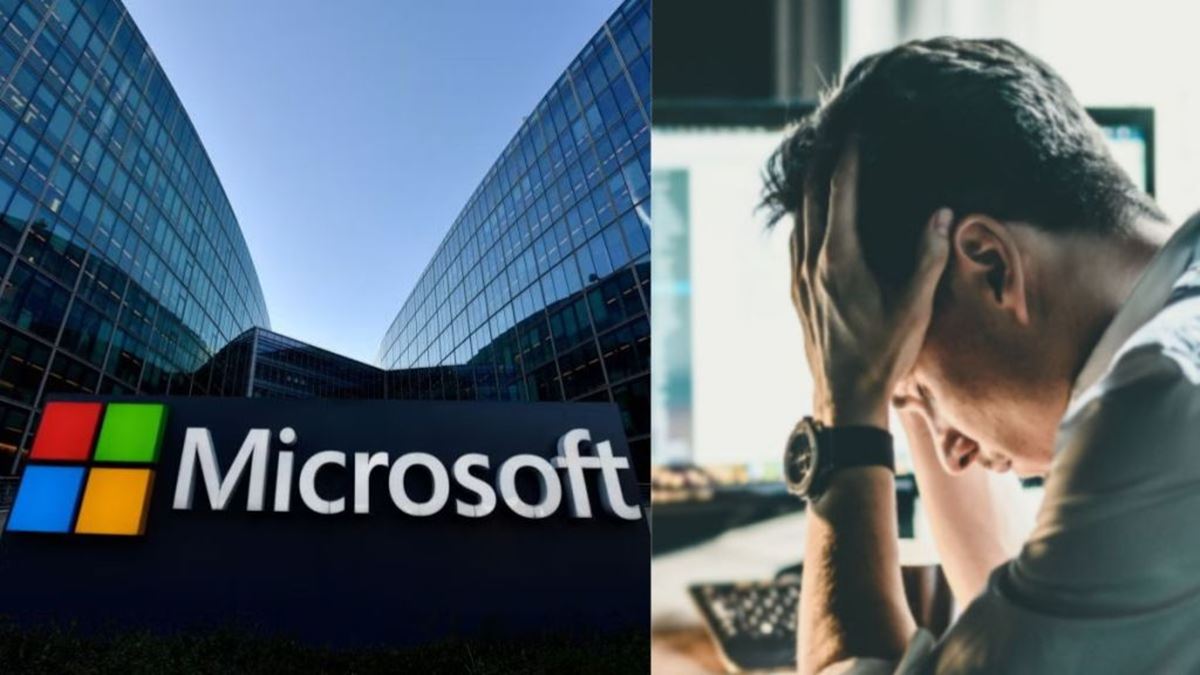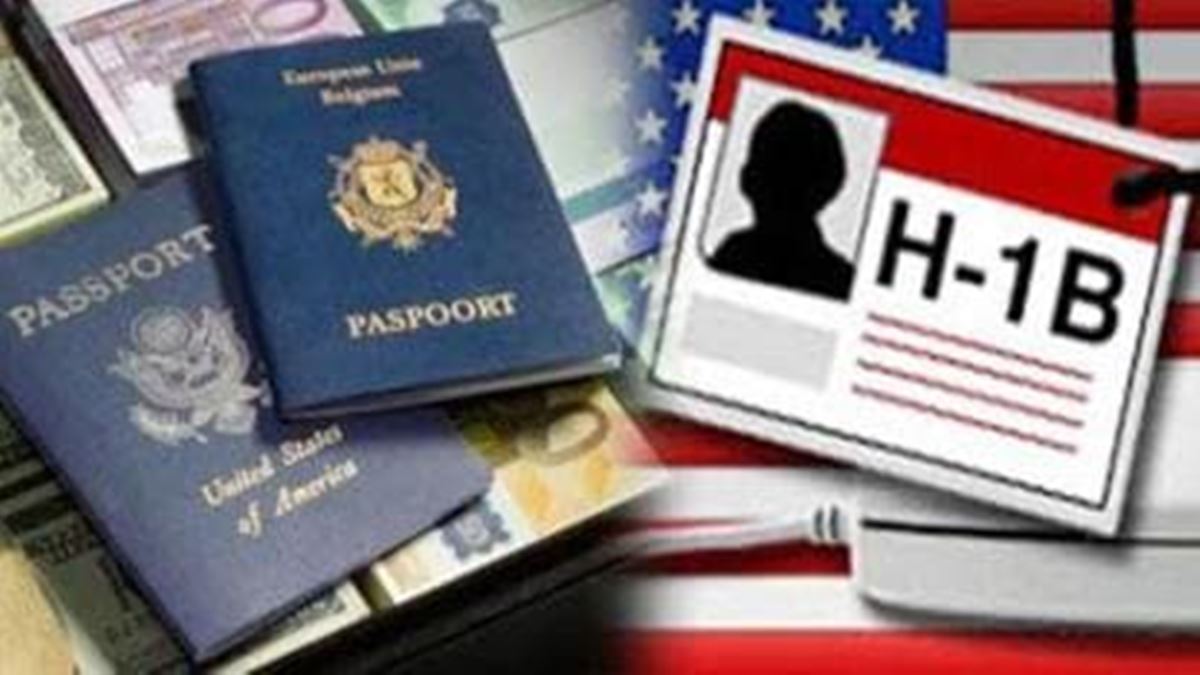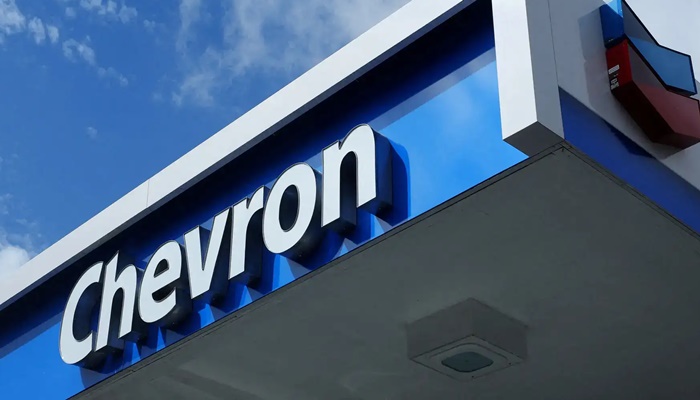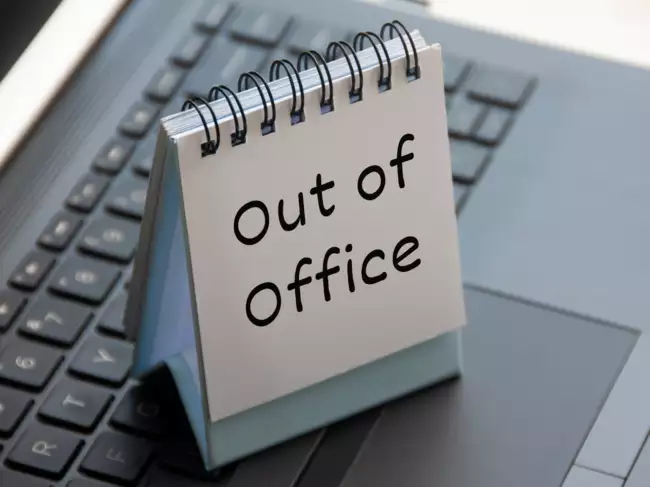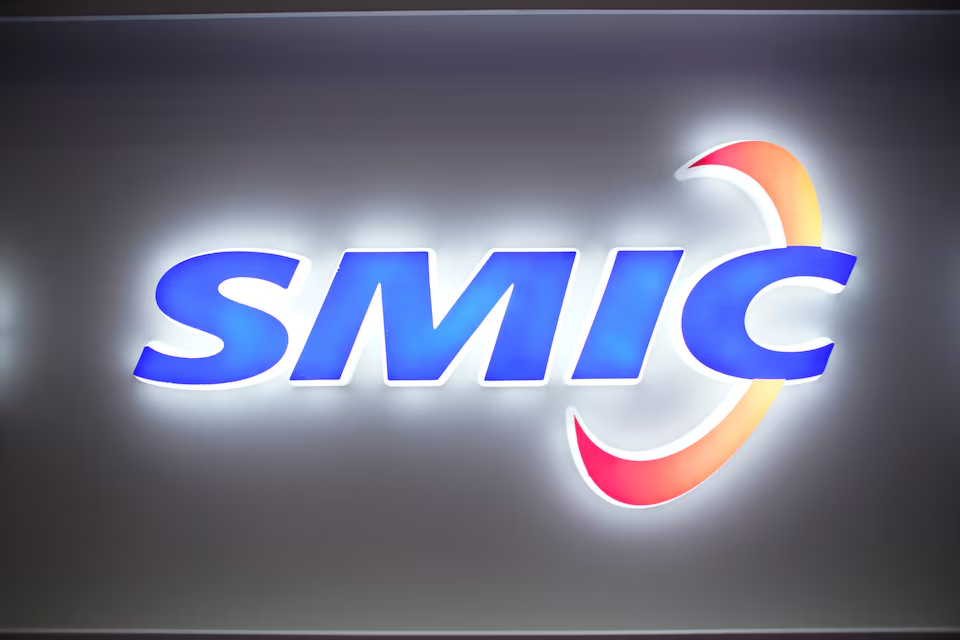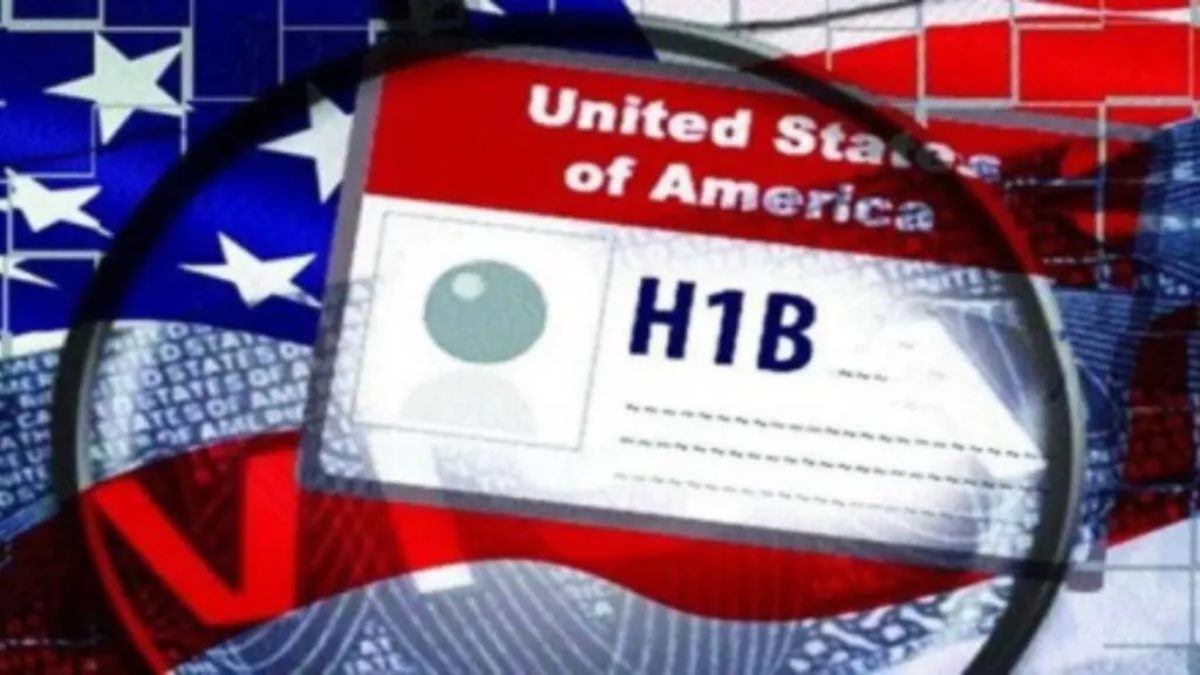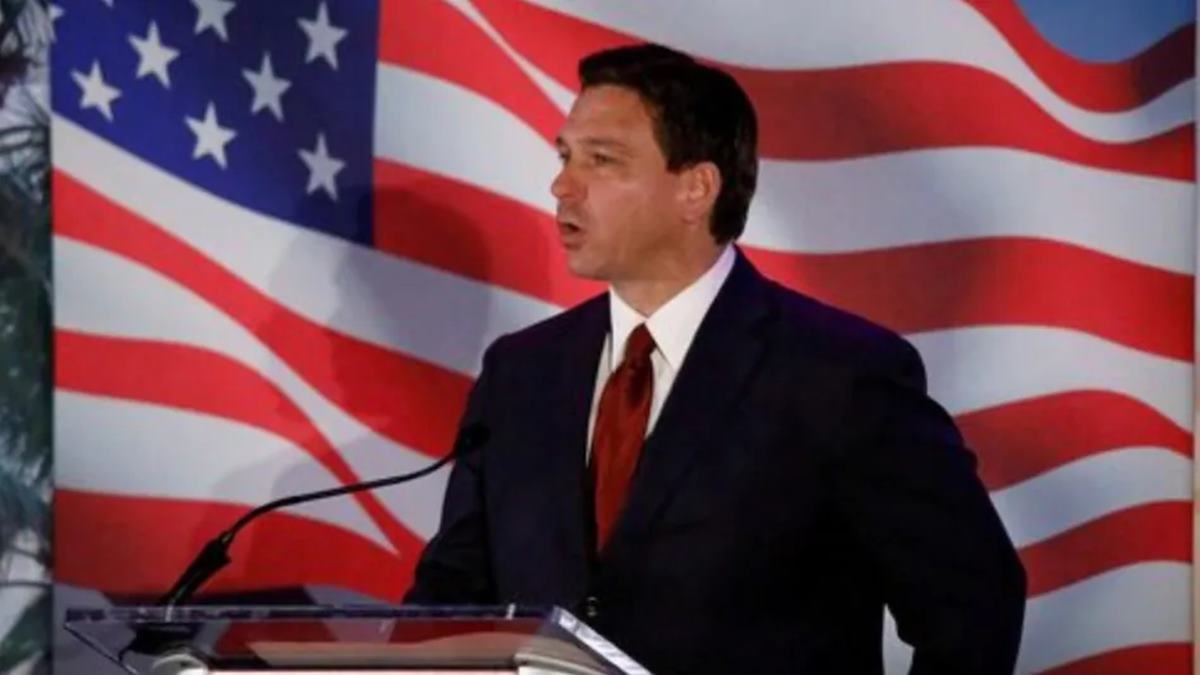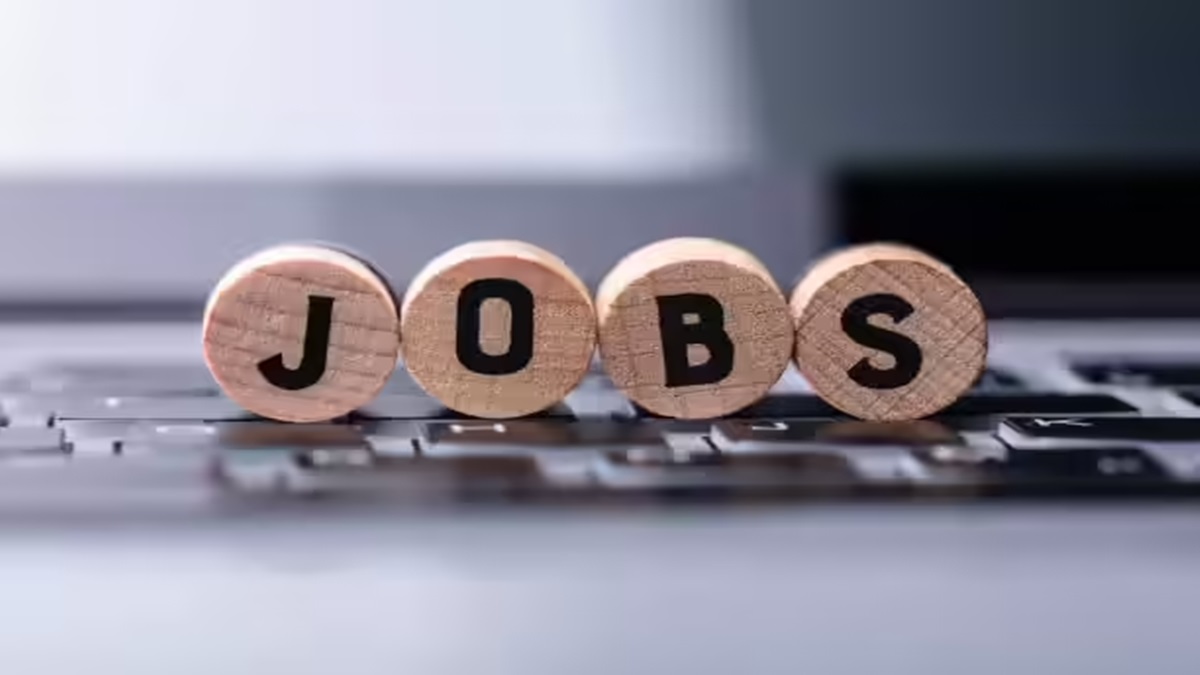It’s time to challenge one of the most persistent myths in executive leadership: that the highest-performing leaders are those who move the fastest. Speed, decisiveness, intensity—these traits have become shorthand for executive effectiveness in today’s business culture. A senior leader who brims with energy, constantly pitches new ideas, responds instantly to emails, and pivots quickly when new data emerges is often described as “driven,” or “action-oriented.” But what if that same behavior is, in reality, draining value from the organization?
Over the past two decades, I’ve coached and advised hundreds of senior leaders—CEOs, board chairs, operating partners, and C-suite executives across tech, private equity, professional services, and high-growth ventures. What I’ve learned in as a strategist, investor, and founder/CEO, is that many of the behaviors we admire at the top are not, in fact, signs of effectiveness. They are symptoms of over-functioning: a leadership style marked by constant motion, high mental velocity, and a persistent discomfort with stillness. These leaders aren’t modeling peak performance—they’re playing out a high-stakes version of restlessness. They don’t just run hard; they run noisily. And while they often credit their success to this intensity, what actually sustains organizations over time is disciplined clarity, not speed alone.
I’ve come to call these hyper-energized executives caffeinated squirrels. It’s not a term of derision—it’s a vivid shorthand for a certain kind of overclocked mind. These leaders are wired for novelty and speed. They bristle at process, default to idea-generation, and often run meetings like whiteboard storm sessions. They talk quickly, think faster, and are rarely seen without a phone in one hand and a half-baked initiative in the other. Initially, they’re magnetic. But over time, their pace becomes unsustainable—not just for themselves, but for their organizations. The problem isn’t their intelligence or work ethic. It’s that they mistake motion for progress and overwhelm their teams with shifting priorities, reactive decisions, and intellectual whiplash.
The impact of this dynamic is measurable, though often misdiagnosed. According to a 2023 McKinsey study, while 70% of executives believe their organizations must move faster to stay competitive, more than half report that increased speed has led to reduced coordination, lower morale, and more burnout.
The tension is clear: We want agility, but we end up with chaos. As Microsoft’s Work Trend Index has noted, leaders are stuck in what they call “productivity theater”—a state of constant activity that lacks strategic direction. Hyperactive executives may produce short-term wins, but they often generate long-term drag.
The damage becomes most visible in high-leverage roles—product, strategy, operations—where prioritization and coherence are critical. Take, for example, the case of a startup COO I worked with, whom I’ll call Ethan. He was brilliant, well networked, and tireless. He also believed that his value came from being constantly in motion. In his first 90 days, he restructured two departments, introduced a new OKR system, launched a hiring blitz, and opened talks with two potential partners. His board was impressed—until the results didn’t materialize. Employee NPS scores dropped, key hires backed out, and product timelines slipped.
When we debriefed, Ethan admitted that he was “running scared”—terrified of being seen as ineffective if he slowed down. His speed was not a sign of vision, but of anxiety dressed as urgency. When he shifted away from a blitz approach to prioritizing three initiatives that would have the most impact, Ethan was able to effectively communicate priorities and lead the aligned initiatives to generate measurable results by channeling his energy on what mattered most.
What Drives Hyperactive Leaders
What’s rarely discussed in leadership literature is the emotional fuel behind this behavior. In my experience, hyper-driven leaders often carry deep internal pressures. Many are first-generation overachievers, founder-types, or those who have spent years trying to prove themselves. They associate stillness with laziness and action with value. Some are addicted to novelty—the dopamine of the next big thing—while others use constant motion as a buffer against deeper insecurities. This internal turbulence gets externalized as executive energy. Boards misread it as passion. Peers experience it as chaos.
This misalignment becomes especially problematic as leaders move into roles that require strategic patience. Early in a career, being a caffeinated squirrel can be an asset. You’re the idea machine, the fixer, the closer. But at the enterprise level, value isn’t created by volume—it’s created by signal. The most effective executives I know are not the fastest thinkers. They are the clearest thinkers. They understand that what a business needs from its leaders isn’t more activity—it’s better judgment, sharper focus, and energy that aligns with enterprise rhythm.
This is particularly urgent now, for two reasons. First, organizations are entering an era of cognitive overload. Between Slack, dashboards, real-time metrics, and global decision cycles, leaders are drowning in input. The leaders who will thrive in this environment aren’t those who do more—they’re those who create mental whitespace for others. Second, we’re seeing rising rates of executive burnout. A recent Deloitte study found that nearly 70% of senior executives report feeling “seriously stressed” and “mentally fatigued.” The caffeinated squirrel may look functional—but inside, they’re fraying.
A wake-up moment came for one client, Maya, a regional president at a global tech company, during a 360 feedback cycle. Her peers described her as “inspirational but exhausting,” “hard to follow,” and “constantly reinventing the wheel.” Her direct reports said they never knew which initiatives would last more than a week. She admitted to feeling trapped in a cycle of “starting things to feel alive.”
When we mapped her calendar, she was initiating more than 10 strategic threads per month—only two of which reached completion. We worked together to implement what we called a “leadership rhythm reset.” She began holding monthly clarity reviews, eliminated half of her discretionary meetings, and created a personal decision journal to track when and why she made strategic pivots. Within a quarter, her team reported increased trust and better execution. She hadn’t lost her energy—she’d simply focused her fire.
Channeling Energy Into Clarity
What makes these transformations possible is not personality change, but system design. You don’t solve the caffeinated squirrel dynamic by asking someone to “slow down” or “do less.” That’s both vague and unrealistic. Instead, you build scaffolding around their energy. You create constraints that elevate judgment. You measure signal, not noise.
One of the most powerful interventions I use is the concept of a “strategic pause mechanism.” This is a simple but effective practice: Before any new initiative is launched, leaders pause for a set time period—often 48 to 72 hours—and reflect on three questions.
- Is this idea aligned with our current strategic commitments?
- What capacity tradeoffs does it imply?
- What’s the downside of not acting immediately?
This mechanism doesn’t kill innovation—it prevents impulse from masquerading as strategy.
Another intervention involves shifting from traditional time-blocking to what I call cognitive state mapping. Leaders identify when they’re at their most focused, reflective, collaborative, or reactive—and align their highest-leverage work accordingly. Rather than treating the calendar as a grid, we treat it as a map of mental readiness. For many caffeinated squirrels, simply understanding when they’re prone to impulsive decision-making can reduce unforced errors.
Perhaps the most transformative shift is reframing clarity as a performance metric. I’ve worked with several boards who have added strategic clarity to executive evaluations. Rather than measuring only output or financial targets, they now ask: Does this leader reduce noise? Do they align cross-functional energy? Do they clarify or confuse priorities? In one case, a portfolio company tied executive bonuses to a quarterly “execution clarity score,” measured through anonymous surveys across departments. The impact was immediate: Leaders began thinking not just about what to do—but how their decisions shaped enterprise attention.
Still, none of these practices work without psychological safety. The caffeinated squirrel often hides behind momentum because they fear being seen as ineffective. Boards and CEOs must model a culture where reflection is rewarded and stillness is not seen as stagnation. One of the most powerful things a CEO can say to a hyperactive executive is: “You don’t have to prove your value through volume. Your value is in your discernment in creating impact at scale.”
I often return to a deceptively simple line from Peter Drucker: “There is surely nothing quite so useless as doing with great efficiency what should not be done at all.” The caffeinated squirrel excels at doing. But leadership is not a race to action. It is a commitment to consequence. What happens after the meeting, after the idea, after the pivot—that’s what defines enterprise impact.
As I reflect on my own career, I’ve worked alongside many brilliant, fast-moving minds. I’ve also learned the hard way that motion without reflection burns capital, credibility, and trust. Speed gets you attention. Focus earns you leverage. Let’s be clear: The goal is not to stifle visionary leaders. The caffeinated squirrel isn’t the problem. Unchanneled energy is. Some of the greatest business breakthroughs come from individuals who think and move at a different frequency than their peers. But in senior leadership, brilliance must be coupled with discipline. Momentum must be in service of mission.
In an age of information fatigue and performance theater, the leader who learns how to slow down strategically—who masters the discipline of thoughtful execution—becomes not just effective, but indispensable. The real future of leadership belongs not to the caffeinated squirrel, but to the calibrated strategist.
And that future starts by recognizing that sometimes, the most powerful move a leader can make is to pause—not because they’re lost, but because they’ve finally found the map. Organizations that scale successfully don’t just build for speed. They build for velocity in the right direction. And that requires leaders who know when to go fast, when to slow down, and when to stop entirely and ask the hard question: Am I creating progress—or just motion?
Source – https://hbr.org/2025/10/how-to-coach-hyperenergetic-executives

